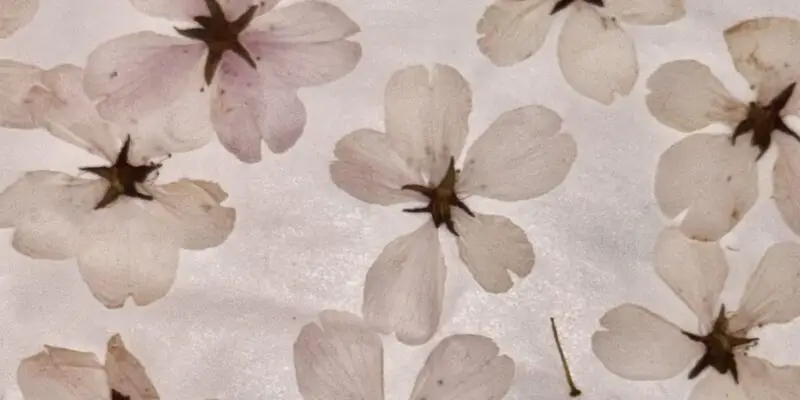
Springtime in Japan
Photos by Lucas Hong (Rice University), Student Correspondent for CET Japan, Spring 2025 Unique Souvenirs from Japan Sakura season is a beautiful but fleeting time in Japan, and
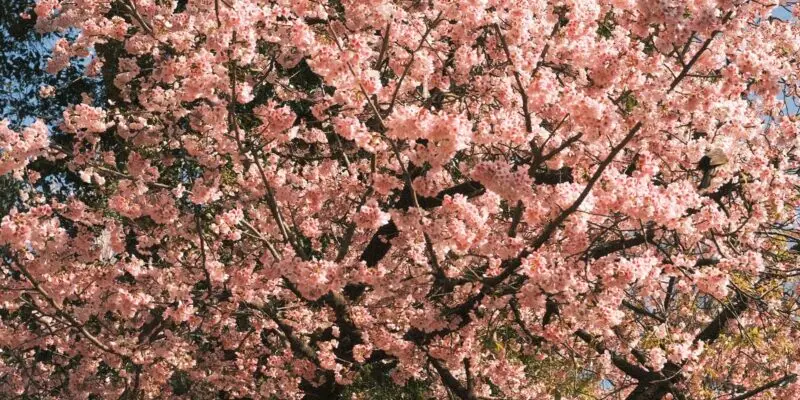
Blossoms, Beaches, Bites, and more: Spring in Japan
Photos by Lucas Hong (Rice University), Student Correspondent for CET Japan, Spring 2025 Sakura Season in Full Bloom One of the most special parts about studying abroad in
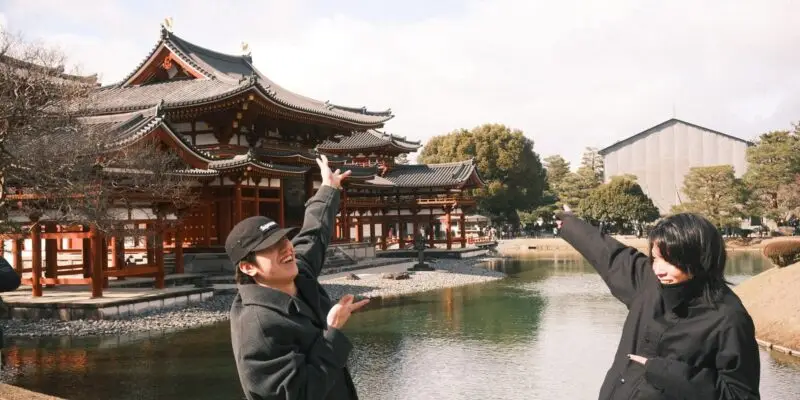
Tea Tasting, Temples, and Local Adventures in Japan
Photos by Lucas Hong (Rice University), Student Correspondent for CET Japan, Spring 2025 A Day Trip to Uji, Japan We recently went on a CET excursion to Uji,

Settling in Aikawa to Study Abroad in Osaka, Japan
Photos by Lucas Hong (Rice University), Student Correspondent for CET Japan, Spring 2025 A Warm Welcome to Aikawa This was the sunset I saw on my first night
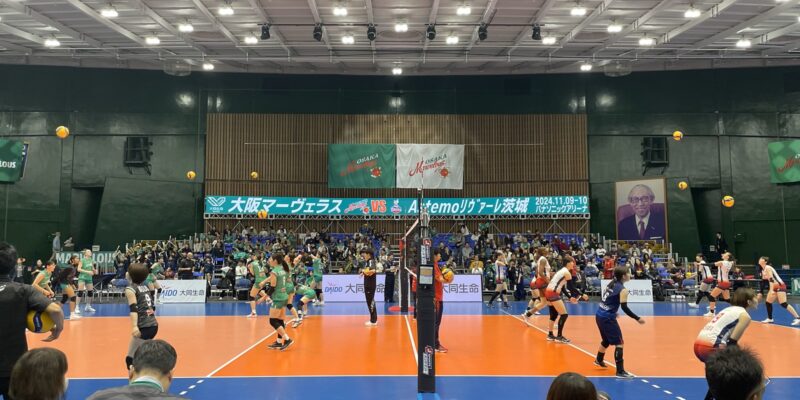
The Recap Episode – What I’ve Been Up To in Osaka, Japan
Written by Samara Mroczkowski (Washington State University), Student Correspondent for CET Japan, Fall 2024 Where Did The Time Go? As of writing this, I have been in Japan
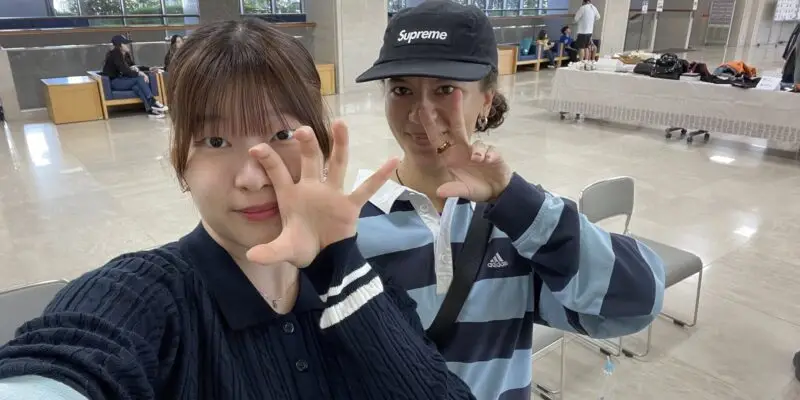
Kishibe Festival: My Time At A School Festival In Japan
Written by Samara Mroczkowski (Washington State University), Student Correspondent for CET Japan, Fall 2024 That’s A Taco This past weekend Osaka Gakuin University (OGU), the University I’m studying
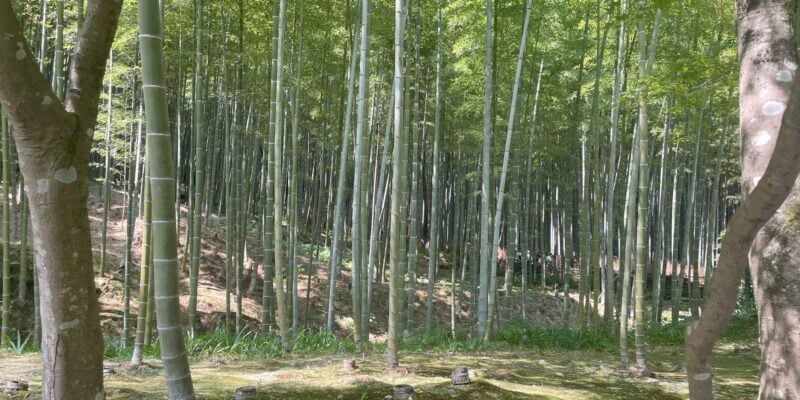
Day Off In Kyoto (You Know, Like The Phoebe Bridgers Song)
Written by Samara Mroczkowski (Washington State University), Student Correspondent for CET Japan, Fall 2024 Why Is It So Hot? The most common question I’ve been asked by my
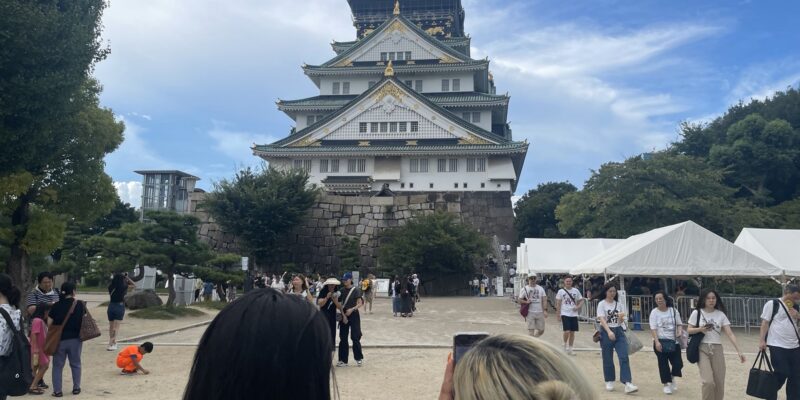
It’s Only Been 12 Days in Osaka, The Kitchen of Japan
Written by Samara Mroczkowski (Washington State University), Student Correspondent for CET Japan, Fall 2024 Touchdown After about 26 hours of travel, August 21st marks the day that
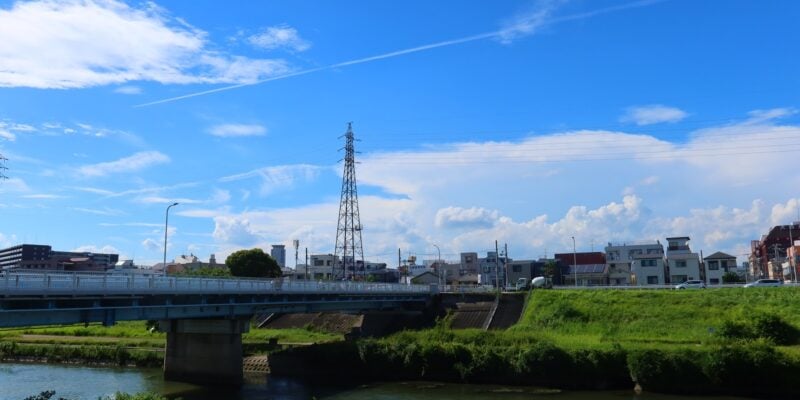
CET Japan: Festivals, Fanfare, and Farewells
Photos taken by Nicholas Yee (Yale University), Student Correspondent for CET Japan, Summer 2024 Yodogawa Fireworks Festival Hanabi, otherwise known as fireworks, are a hugely popular spectacle in
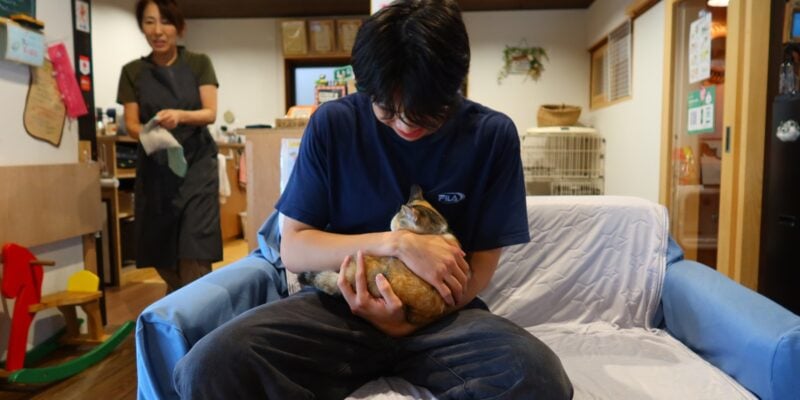
CET Japan: Pretty People and Places
Photos taken by Nicholas Yee (Yale University), Student Correspondent for CET Japan, Summer 2024 A Walk Home… My walk home from Aikawa Station back to SpaceGreen is 20